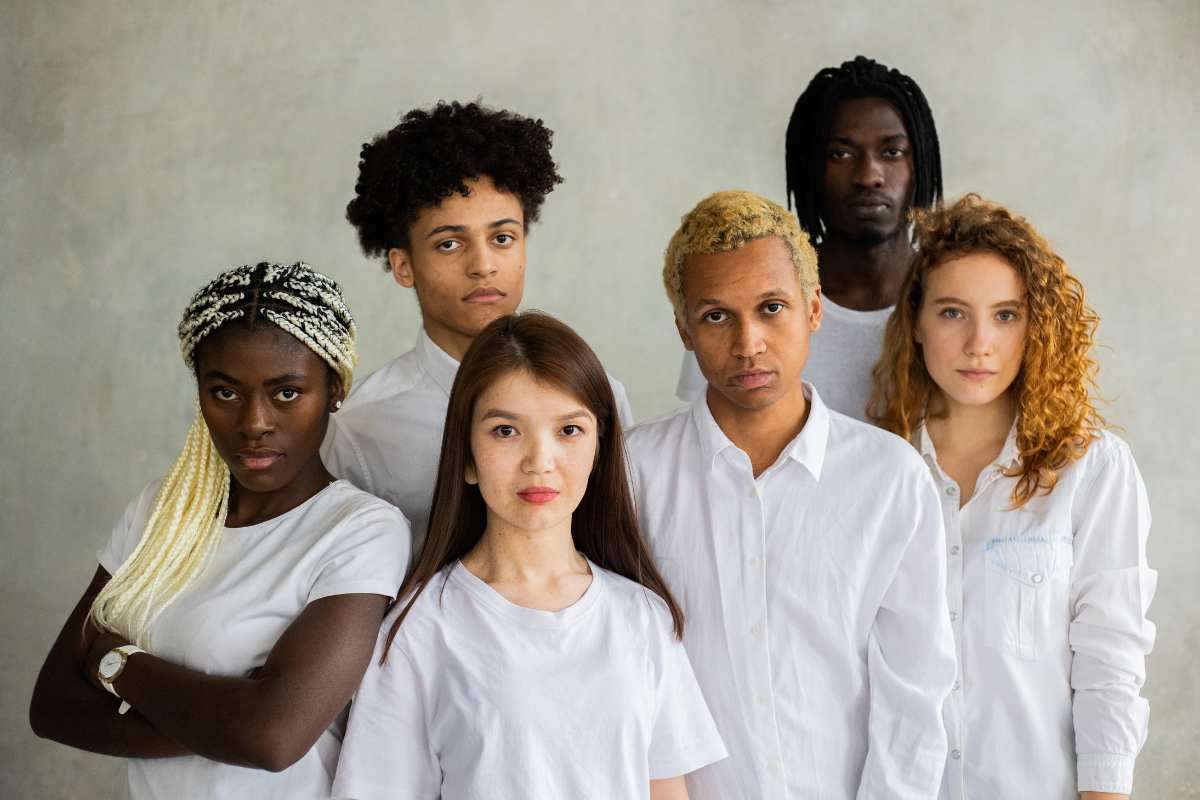In recent years, the concept of inclusion has gained significant traction in workplaces, the media, and society as a whole. Initiatives aimed at fostering inclusivity have emerged to reduce discrimination based on gender, race, sexual orientation, and disability. However, one area remains largely overlooked: physical appearance. Yet, this dimension profoundly impacts how individuals are perceived, treated, and even the opportunities they can access. So why should inclusivity not stop at appearances? Let’s explore.
1. The Influence of Beauty Standards in Society
Society’s beauty standards significantly shape our perception of others. Media, fashion, and advertising often promote an “ideal” image of beauty: thinness, smooth skin, youthfulness, perfect proportions… These unrealistic criteria shape our understanding of what is deemed “acceptable” or “desirable” and can lead to discrimination, particularly in the professional sphere.
Studies show that individuals perceived as “attractive” are more likely to receive promotions, pay raises, and even job offers, while those seen as “non-standard” may be marginalized. This form of appearance-based discrimination is rarely addressed in discussions about diversity and inclusion.
2. Physical Appearance: A Silent Factor of Discrimination
Unlike other forms of discrimination that are increasingly being challenged, discrimination based on physical appearance remains largely unspoken and tacitly accepted. Whether it’s weight, tattoos, scars, or even clothing choices, these attributes can affect how a person is treated.
Research has revealed that obese individuals are often perceived as less competent or productive, which can harm their chances of career advancement. Similarly, those with visible disabilities or distinctive features may be judged unfairly or deemed “unsuitable” for certain roles.
3. Why Inclusivity Must Go Beyond Appearances
Inclusivity should not be limited to issues of race, gender, or sexual orientation. Physical appearance is an integral part of a person’s identity. Excluding this dimension from inclusivity policies means overlooking a form of discrimination that profoundly impacts many lives.
Promoting a truly inclusive culture means recognizing that everyone, regardless of their appearance, deserves to be treated with respect and equity. This involves adopting more inclusive hiring policies, encouraging diversity in marketing campaigns, and raising employee awareness about body diversity.
4. Initiatives for More Holistic Inclusion
Some companies are beginning to understand that inclusivity needs to extend beyond traditional criteria. For example, we are seeing advertising campaigns featuring models of different sizes, with scars, gray hair, or physical differences. Brands like Dove and Fenty Beauty have led the way by celebrating body diversity.
However, these efforts must go beyond marketing and translate into concrete internal policies, such as combating appearance-based discrimination in recruitment or promoting body diversity in leadership positions.
5. Changing Mindsets for Lasting Impact
It is crucial to deconstruct stereotypes related to physical appearance from a young age. Education plays a key role in shaping mindsets. Raising children’s awareness of body diversity, promoting diverse role models in the media, and encouraging companies to value skills over appearance are steps toward sustainable change.
Employers, in particular, have a major role to play. Training their teams on diversity and inclusion, reviewing hiring and performance evaluation practices, and creating a work environment where everyone feels valued—regardless of their appearance—are essential measures.
Toward Truly Universal Inclusion
Inclusion should not be a mere buzzword but a concrete reality that encompasses all dimensions of diversity, including physical appearance. By acknowledging this often-ignored aspect, we can build fairer and more equitable environments where everyone has a place, regardless of their physical traits.
Inclusivity must be a long-term commitment to ensure that everyone — no matter their appearance — feels accepted, valued, and respected.

